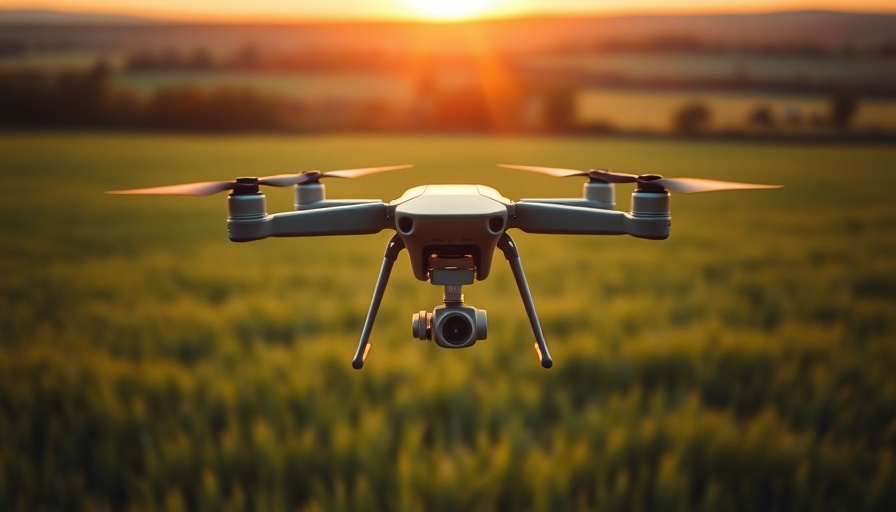
The Future of Unmanned Aircraft in Ireland
As Ireland embraces the opportunities presented by unmanned aircraft systems (UAS), the government has unveiled a comprehensive national policy framework. This bold step is not just about technology; it’s about ensuring safety, compliance, and innovative growth in an industry poised for expansion.
Balancing Innovation with Safety
One of the core commitments of Ireland's policy is to manage low-level airspace effectively while considering the safety of both unmanned and manned aviation. The government emphasizes the importance of creating a risk-aware culture which will facilitate UAS operations while safeguarding the interests of other airspace users. This reflects a holistic approach to airspace management, ensuring that UAS can thrive without compromising other critical sectors of aviation.
Addressing Societal Concerns
A key element of the new framework includes addressing societal impacts and concerns regarding drone operations. Public perception plays a crucial role in the acceptance of UAS technology. Ireland aims to foster public trust by ensuring transparency in UAS operations and addressing potential concerns about privacy and security. This approach may provide a model for other nations grappling with similar issues in their UAS policies.
Driving Economic Growth
The framework aims to support sustainable development within the UAS sector, driving innovation and economic growth. By promoting industry-led initiatives, Ireland positions itself as a favorable environment for technology companies and startups in the drone field. The emphasis on efficiency and meeting industry needs indicates a clear pathway for businesses to thrive, ultimately boosting the economy.
A Global Perspective on Local Actions
As countries worldwide develop their UAS regulations, Ireland’s proactive approach can offer valuable lessons. Countries are increasingly recognizing the significance of drone technology in various sectors, including agriculture, logistics, and emergency response. While maintaining a focus on national interests, Ireland is setting an example of how to localize global trends effectively.
Continued Commitment to Compliance
Enforcement of compliance in UAS operations is another pillar of the new policy. With an established framework for efficient enforcement, Ireland demonstrates its intent to maintain high operational standards, which may create a more reliable and predictable environment for businesses and operators.
Conclusions and Looking Ahead
With its national policy framework for unmanned aircraft systems, Ireland signals its commitment to a balanced and innovative future in aviation. This framework not only emphasizes safety and compliance but also fosters a climate of economic growth and societal trust. As the drone industry continues to evolve, the lessons learned from Ireland’s comprehensive approach could have far-reaching implications.
 Add Row
Add Row  Add
Add 




Write A Comment